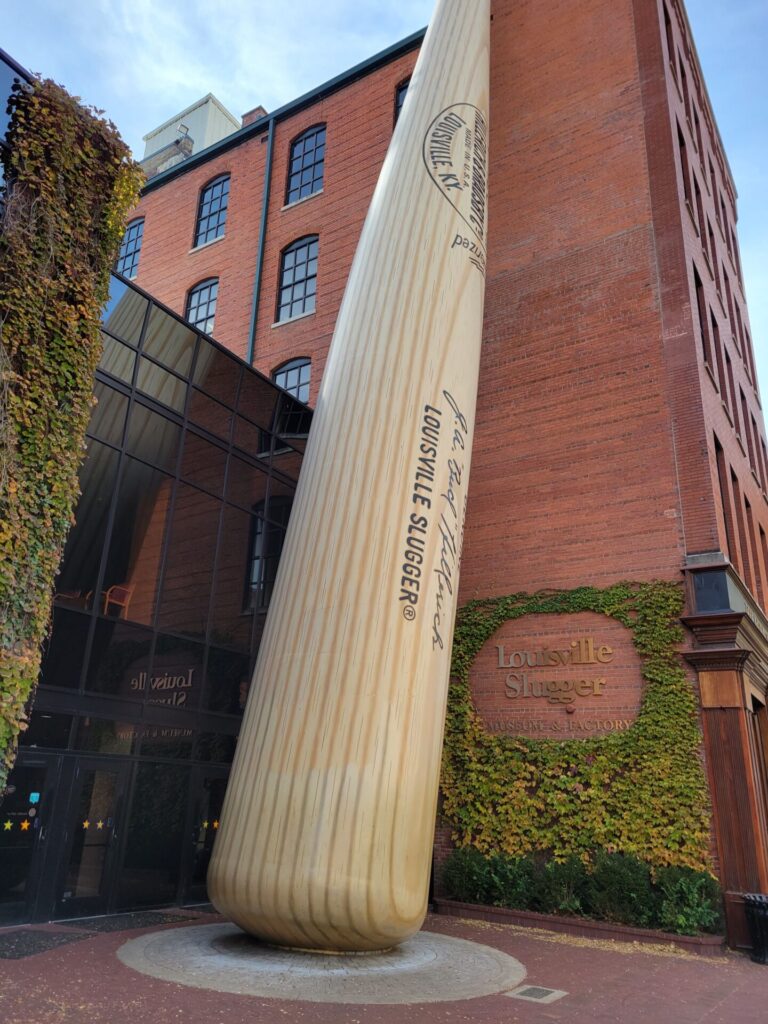
Downtown Louisville hosts a functional shrine to baseball’s past and present. The Louisville Slugger Museum and Factory is basically a mini Hall of Fame and any baseball fan will enjoy it. The museum tells the tale of baseball glory from the perspective of the bats used by notable players. Katie and I toured it recently and both of us enjoyed it immensely. If you can’t make it to Cooperstown, this could be the next best thing.
They offer factory tours daily, twice per hour. And while their website says that tickets are required to be purchased in advance, they had a ticket window where you could just show up and buy tickets on site. Their website also states that pictures aren’t allowed in the factory, but our tour guide said pictures were fine as long as we didn’t take video. Lucky for you and us!
The factory tour takes about 20 minutes and has an in person guide. The guides can answer questions, but for the most part it’s their job to lead the group through the factory for short video presentations at multiple stops. Many of these videos take place on the fully operational factory floor. That means that there is factory noise, so if your hearing is less than 100%, make sure to stay near the front.
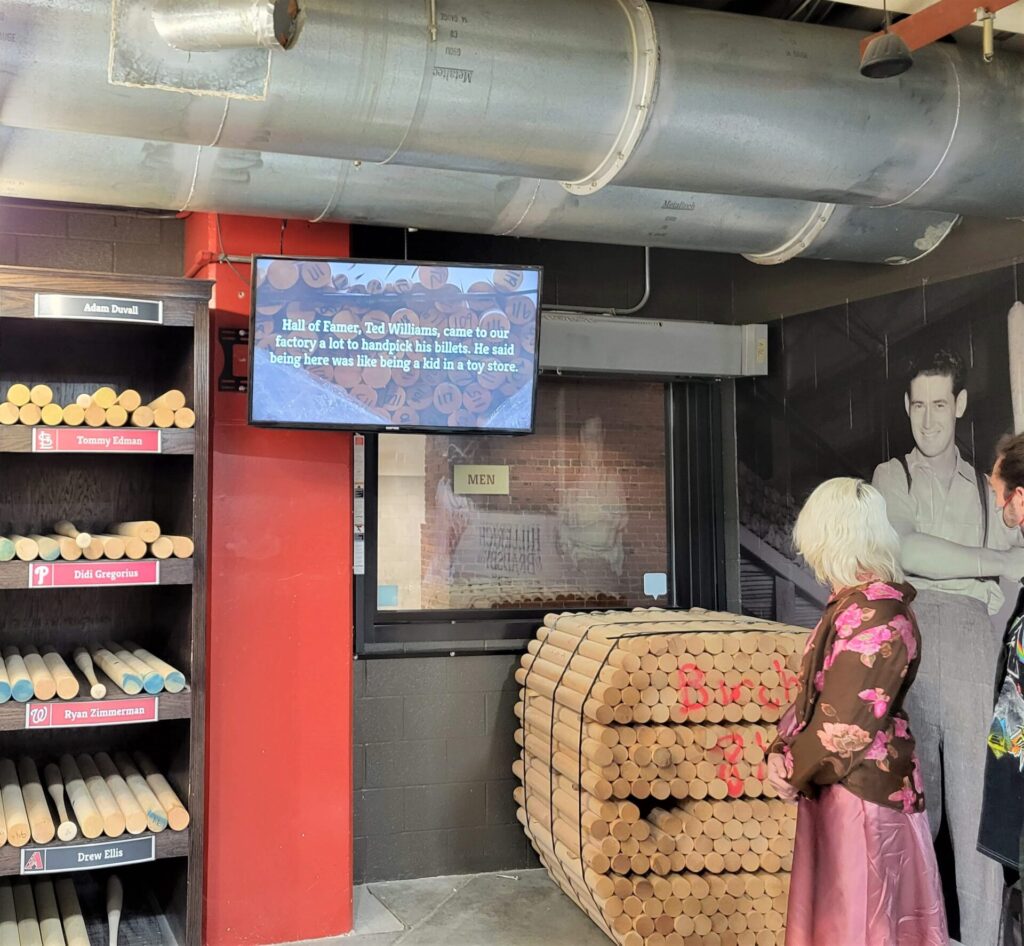
I knew almost nothing about bats going into this tour. Now I can tell you that they are made from either ash, maple, or birch. The trees are sectioned into round smoothed cylinders called billets. From there they are whittled down to the exact specifications of the end user, one of the many professional baseball players. As you can imagine, most of the players are quite particular about their hitting sticks.
A felled tree can make about 50 billets, of which only about 10% are deemed high enough quality to be used in MLB. The average major leaguer uses about 100 bats per season. So if you’re doing the math at home, that’s about 20 trees per MLB player per year. Counting minor leaguers, my estimation is that professional baseball consumes in the neighborhood of 100,000 trees per year. Not every bat is made by Louisville Slugger, but the majority of them are.

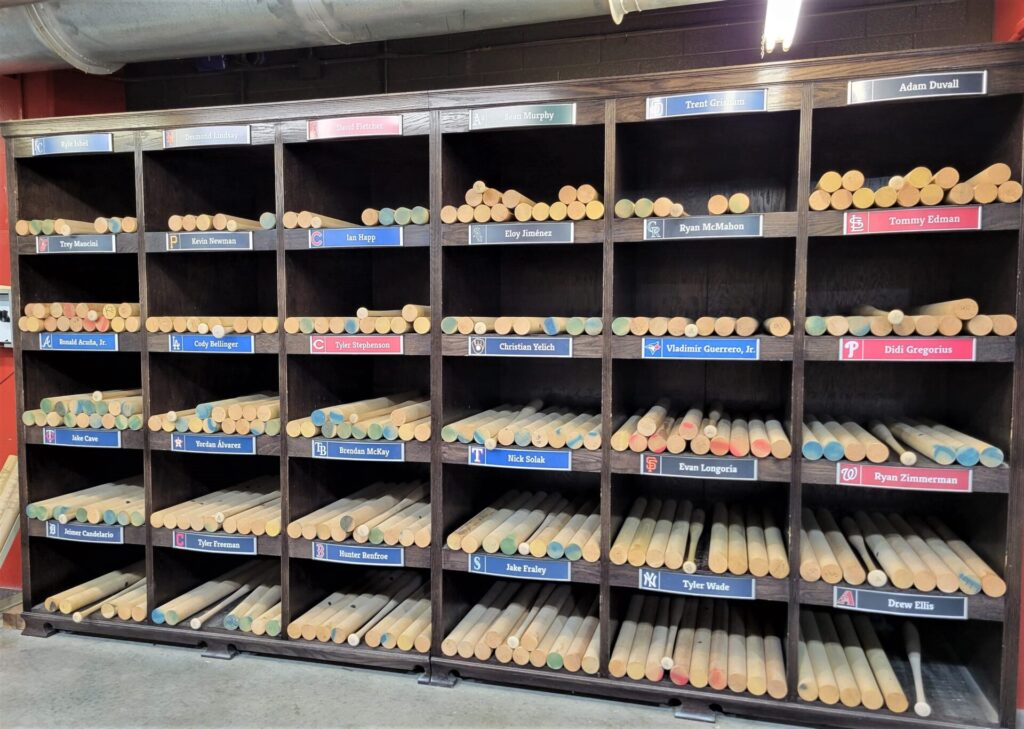
All of the lumber used to make these bats is grown in a single forest straddling the border of New York and Pennsylvania. At some point it was determined that this geographical region best produces trees with the proper density to withstand hitting a baseball over and over again. Naturally, the Louisville Slugger company is very careful about making sure that this is a sustainable process. Their livelihood depends on it.
One of the coolest parts of the tour was that this is still an operational factory. Every single Louisville Slugger bat that’s used in MLB is made on one of only two CNC lathe machines. In fact, some of the players were so pleased with the results that they decided to autograph the machines themselves. Pretty neat.


After carving the bats to the exact length and width as specified by each player, the ends are sanded off and smoothed down. They are then sealed and painted. It’s this last step where they can add fancy colors, like the bright pink bats used on Mother’s day. At the end of the tour, we received our own mini replica bat that had gone through the same process, aside from the paint.



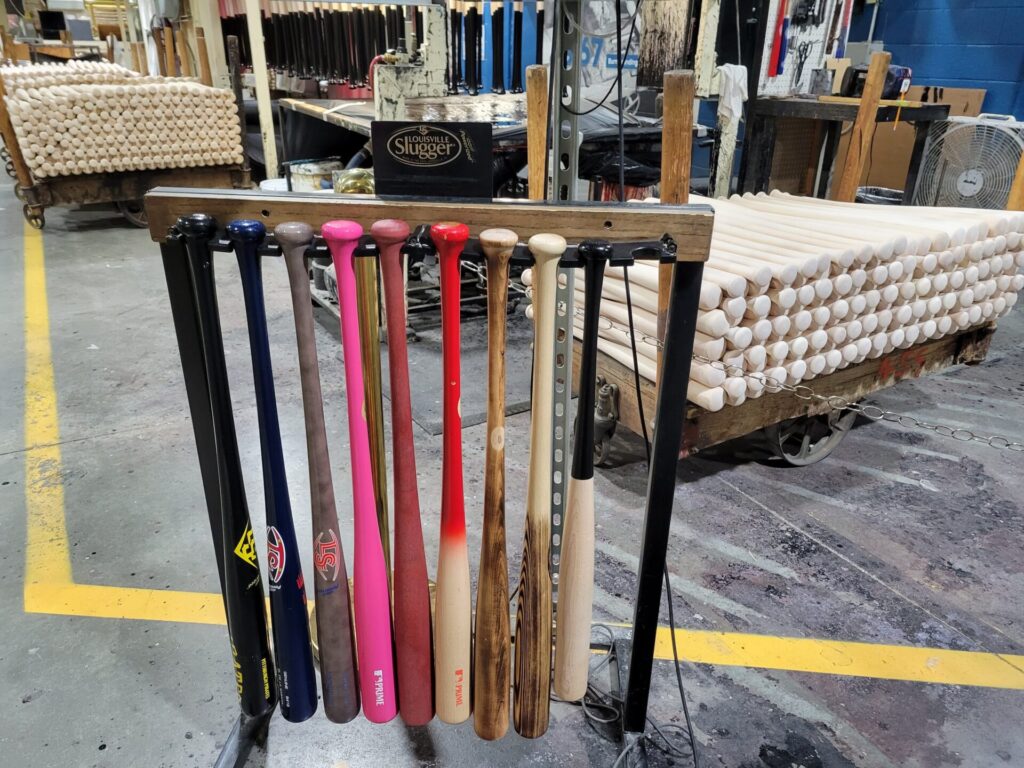
The tour starts and ends in the Louisville Slugger Museum. Here they showcase many of the bats used by the best players throughout history. They have game used bats by Hank Aaron, Ty Cobb, Joe DiMaggio, Honus Wagner, along with many other MLB greats. They have a number of lists detailing the preferred length and weight of each player’s bat.


In one corner, they have a choice of 30 game-used bats that you can hold. The bats are outfitted with rubber covers on the handle so that visitors won’t damage them with their grubby paws. The chance to hold a game-used bat was exciting. I chose a 34 inch, 32 ounce bat that once belonged to Rod Carew. He was one of my childhood heroes, probably because I wasn’t much of a home run hitter either. The bat I held must’ve been discarded after a frustrating out, as there were three large indentations in the barrel where I imagine Carew must’ve smacked a dugout railing. Even the best players can find baseball to be a frustrating game.
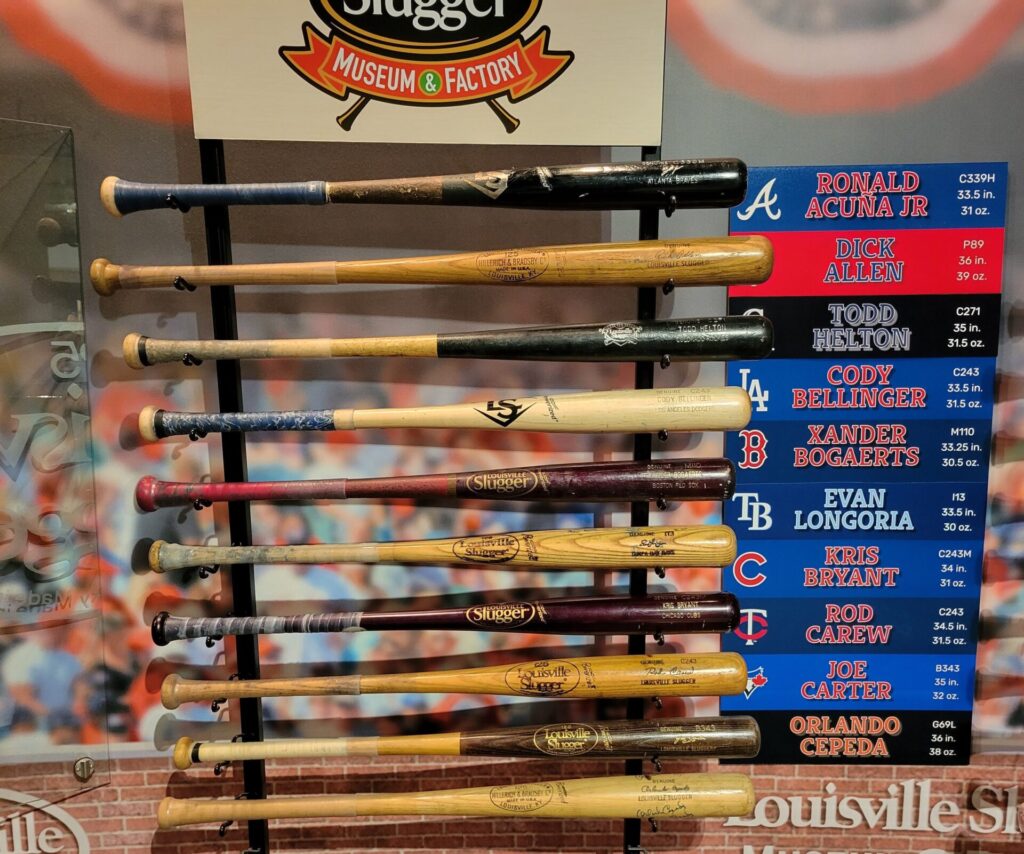
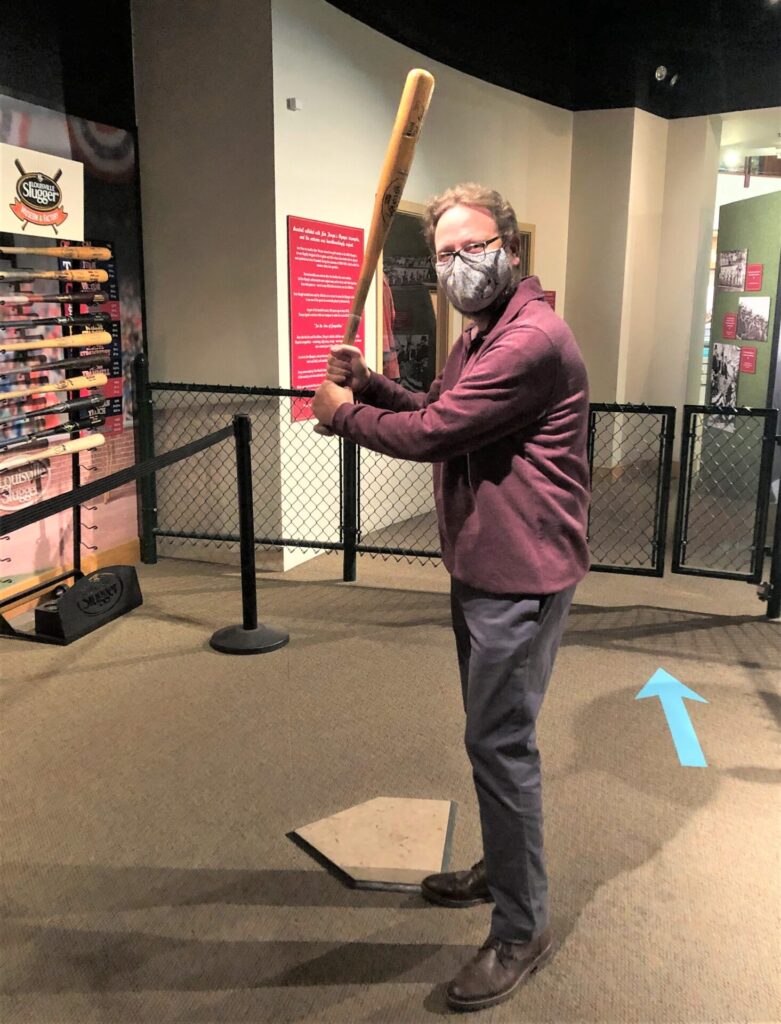
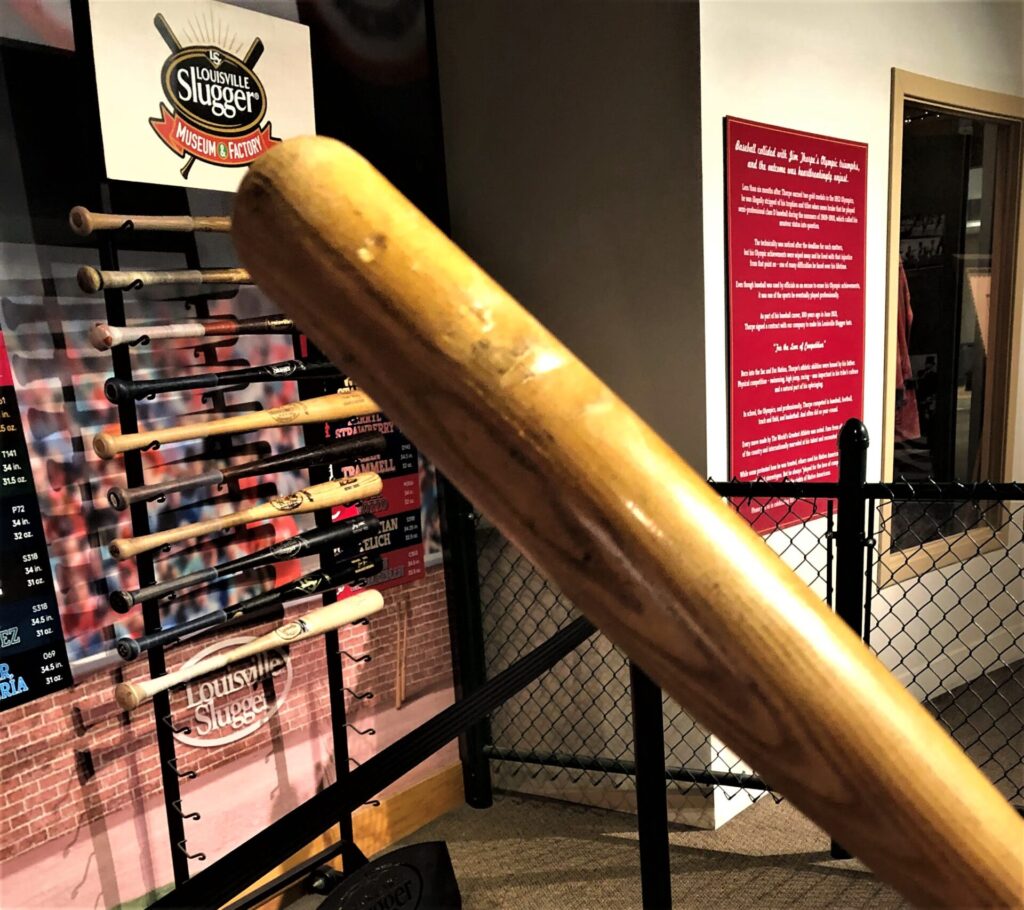
Speaking of holding bats, the facility also has a batting cage in the back of the museum. For a measly $2 you can take 10 swings in the cage with a bat matching the exact specifications of 16 different sluggers. I tried my luck with the great Mickey Mantle’s bat. Turns out I am very out of practice at swinging a bat, so my time in the cage was about as dissimilar to Mantle as possible. Maybe I should’ve gone with Cobb instead.

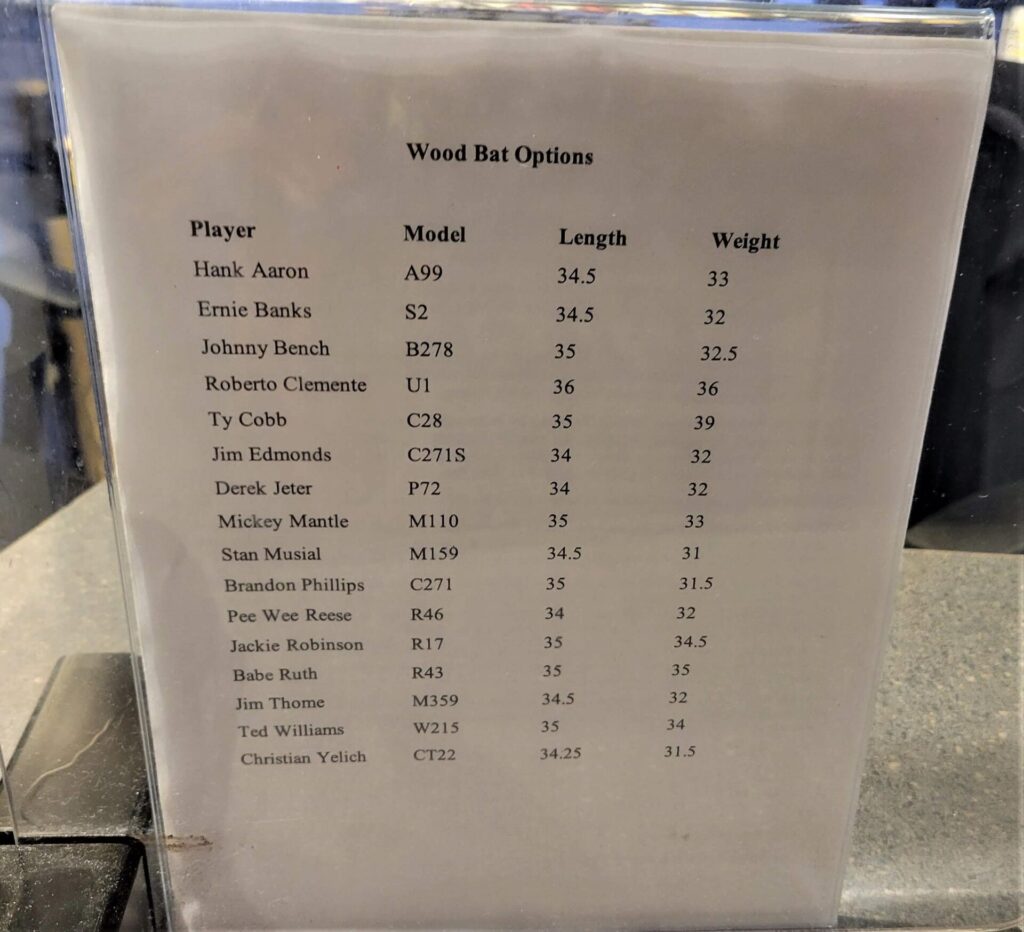
All told, we spent about an hour and a half on the factory tour and perusing the museum. It could all be done in an hour if you were in more of a hurry and skipped the batting cages. Either way, experiencing an integral part of baseball’s history at the Louisville Slugger museum was a blast.
We just visited Louisville and loved it. A bit pricey to call home but really very interesting with excellent food culture.
It was a short visit for us, but we enjoyed it as well. I appreciated some of the little things, like a pump station in downtown that was covered in art instead of just being ugly. Oh, and the delicious bourbon. 🙂
Looks like a fun way to spend an afternoon.
It was all fun until I got in that batting cage! 🙂